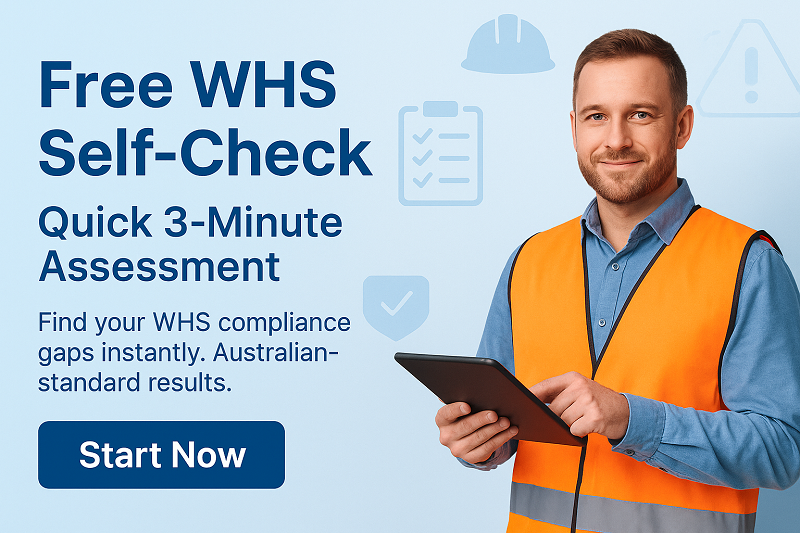“`html
Introducing the Safe Work Method Statement (SWMS) Template for Fibre Optic Splicing – Termination, a versatile tool designed to make your complex projects a tad bit easier to manage. Whether you’re working on large contracts or tendering for tier 1 contractual work, this template aims to provide support and structure that can adapt to your specific needs.
Key Features:
- Pre-filled and Comprehensive: The SWMS Template comes pre-filled with essential information that serves as an excellent starting point, saving you both time and effort. You don’t have to start from scratch—just build on what’s already there.
- Fully editable and customisable in Microsoft Word: It’s all about flexibility. Easily editable in Microsoft Word, our template allows you to tweak every detail. This means you can adjust it according to the nuances of different projects, ensuring nothing is overlooked.
- Includes the scope of the project and the project details: Setting clear boundaries right from the start is crucial. Our template includes sections where you can lay down the project’s scope alongside important project specifics. It’s vital for managing expectations and staying on track.
- Includes checklist of any high risk machinery on site: Machinery brings its own set of risks and this feature ensures you keep tabs on all the heavy-duty equipment involved. It prompts you to consider what safety measures need implementing around high-risk gear.
- Includes space for recording any staff training: Keep your team’s qualifications up-to-date by recording their training progress. This section fosters transparency and accountability, especially if an audit or inspection comes around.
- Includes before and after risk ratings: Risk management is a continuous process. With fields for before and after risk ratings, you can monitor how effective your control measures are over time, enabling continuous improvement.
- Includes resources for use of legislative references: Staying compliant with ever-changing legislative guidelines is key. This part of the template provides resources where you can easily input legislative references relevant to your worksite.
- Includes all PPE required: Personal Protective Equipment (PPE) is non-negotiable. This feature helps ensure that all necessary PPE is identified and readily available, creating a safer working environment for everyone involved.
- Includes risk assessment and risk assessment matrix: Dive deep into potential risks with a comprehensive risk assessment area. This section includes a matrix to quantify and qualify risks, helping you prioritise actions that need attention.
- Includes a checklist to ensure all requirements have been covered when implementing the SWMS: Avoid overlooking any requirements by ticking them off as they’re completed. It’s akin to having a backup system, ensuring all the vital components are in place.
- Includes sign off page for all workers and responsible persons: Accountability goes a long way towards maintaining workplace safety standards. Secure acknowledgements from all involved parties with a dedicated sign-off page.
- Easy to use, easy to customise: Simplicity sometimes holds the most value. Designed with user-friendliness in mind, it’s straightforward enough so you can focus more on the task at hand rather than grapple with a complicated template.
- Suitable for large contracts and Tenders, including tier 1 contractual work: No matter how large or intricate your projects get, this template scales as needed. It’s particularly beneficial for those substantial contracts requiring detailed paperwork.
- Quick delivery by email: Once ordered, just sit tight while we quickly dispatch this helpful tool straight to your inbox, ready to jumpstart your project processes.
If you’re after a dependable resource to help streamline your fibre optic splicing projects without the overwhelm, this SWMS Template could be worth considering. Tailor it to meet your unique situation and watch as it lends structure and clarity to your work day.
“`
Each Safe Work Method Statement has specific content that is referenced to, but not limited to a number of authorities such as Codes of Practice, Regulations, Australian Standards or the Act.
The Fibre Optic Splicing – Termination Safe Work Method Statement (SWMS) references:
Ordering only takes a few minutes. Upon ordering completion, a link will be sent to your email address to download your documents, then add your company logo to the top of the header and you’re finished.


